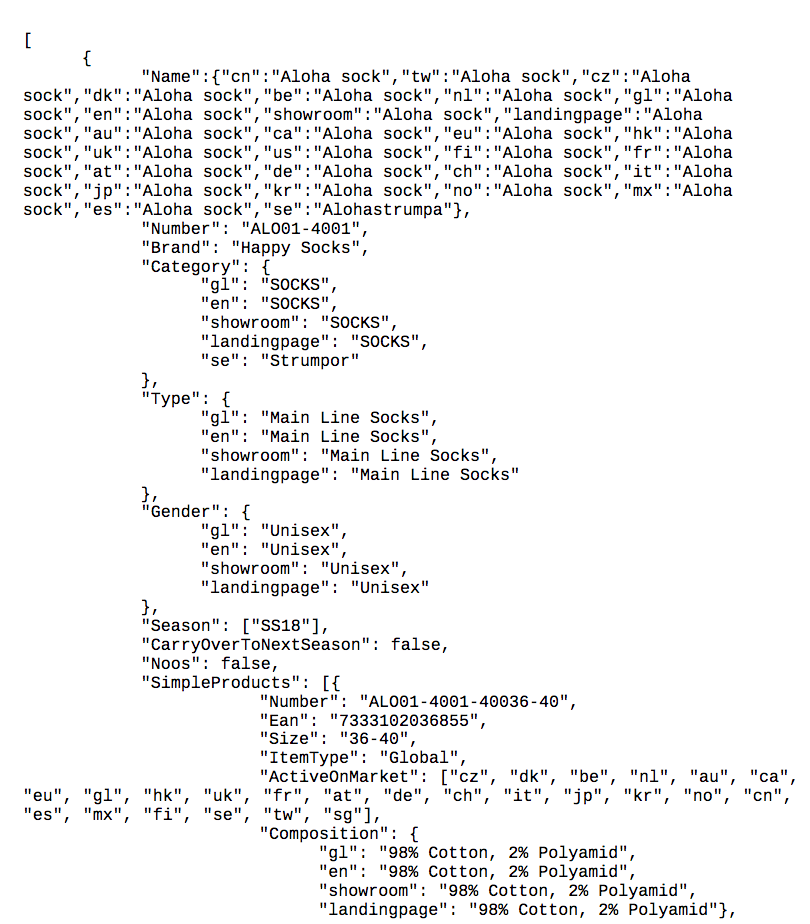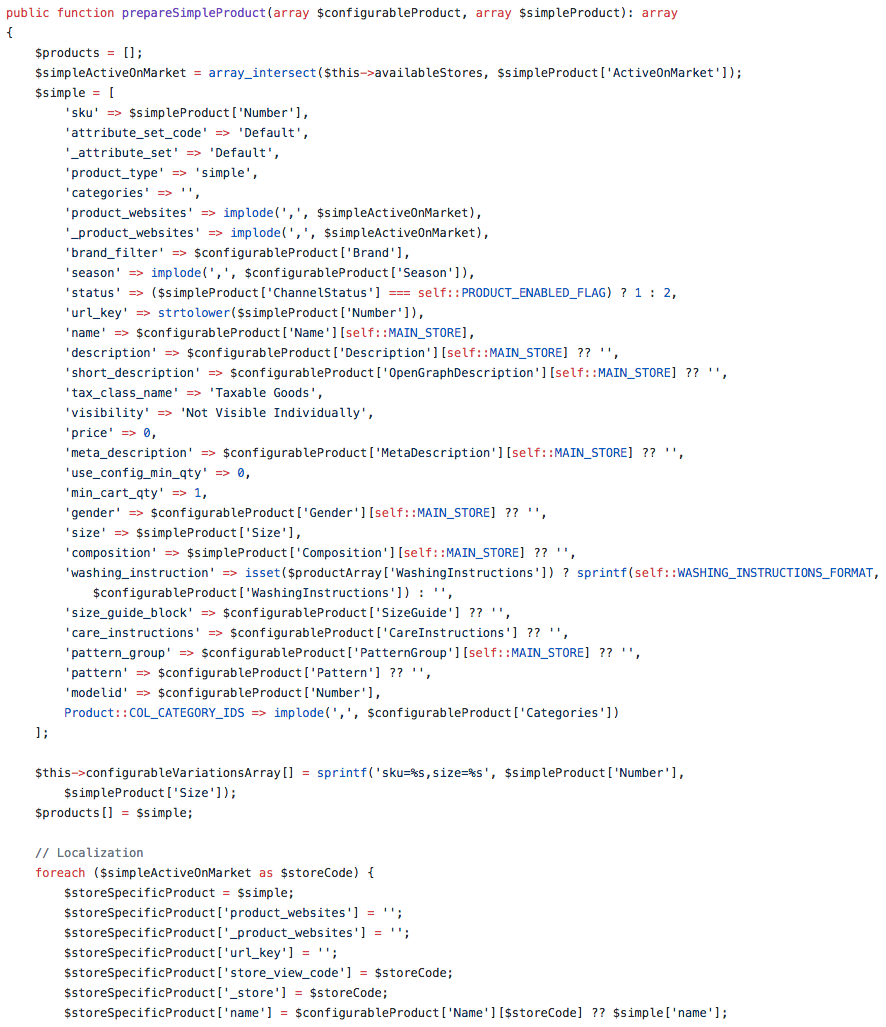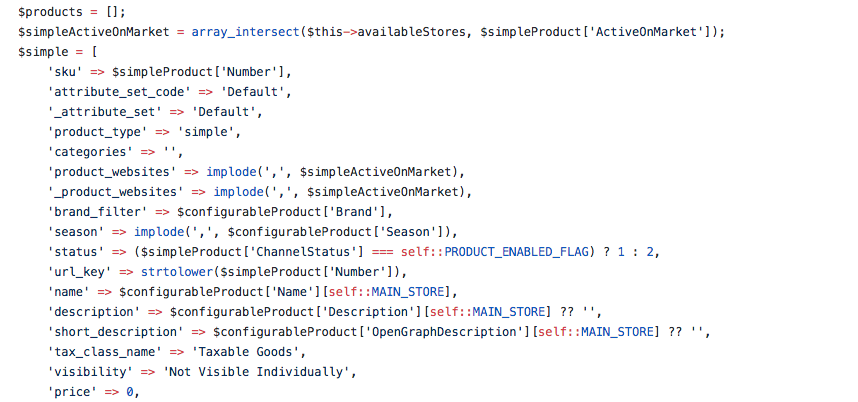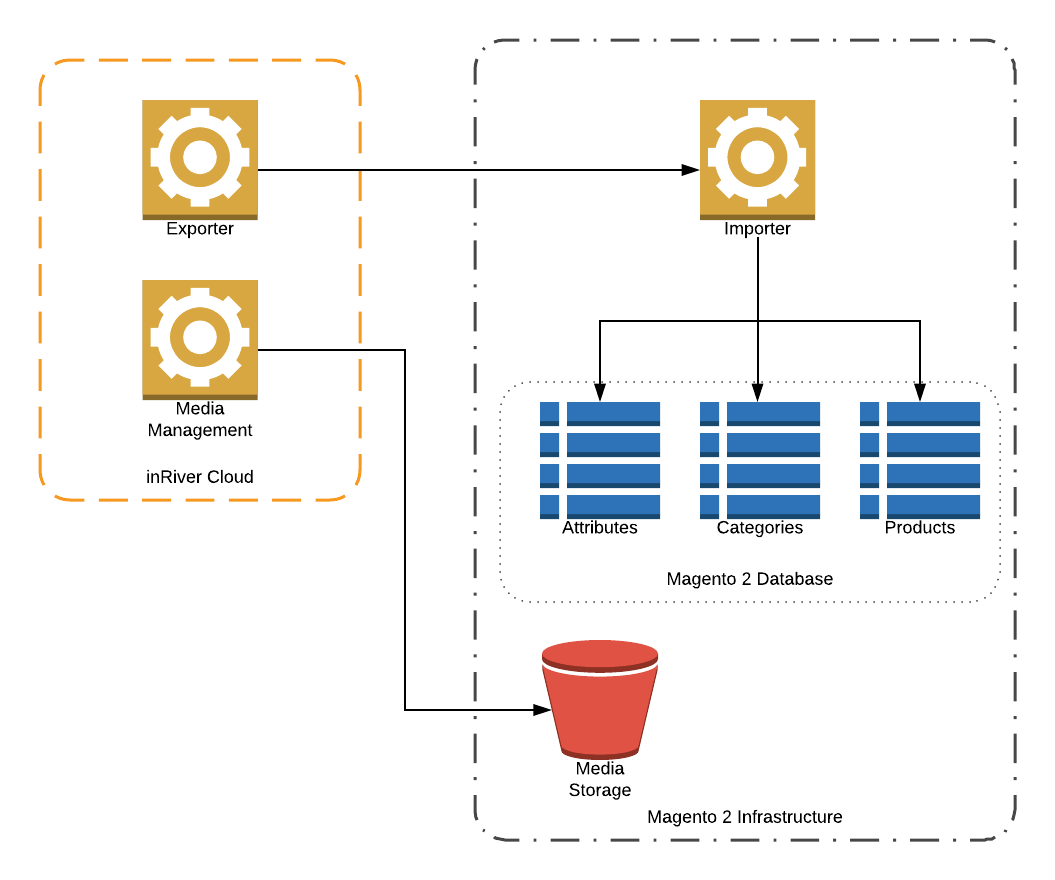To make catalogue management easier it is essential to use a good system. In this article we’ll look at and recommend a solution for product category and attribute management, custom update feeds and more, with practical examples.
If you’re looking for a better way to manage a sizeable product catalog across multiple localizations and/or Magento installations and/or platforms, we recommend using PIM. A Product Information Management (PIM) system is a system that enables omni-channel commerce with a focus on ease of use, flexibility, and reducing the amount of time required for managing your catalog.
inRiver is a leading PIM solution which is trusted by hundreds of major retailers around the world such as Åhléns, Bonnier, Brother, Braun, Byggmax, DeLonghi, Hunkemöller, L’Oréal, Stiga Sports, Stockmann, Würth, and more. It is a highly customizable SAAS which can be adapted for very particular client needs.
Using inRiver PIM Solution for Magento 2
Goals
- Facilitate product category management
- Facilitate product attribute management
- Facilitate product enrichment process
- Facilitate product content localization
Challenges
- Client-specific requirements necessitate development within inRiver
- Customizations within inRiver result in custom update feeds
- No existing solutions to build on
inRiver Feature Highlights and Objectives
The first step of the process begins with implementing the necessary changes within inRiver. This is necessary to mirror custom fields within Magento and for directing import logic. Once that process is complete, the Magento integration module can be configured with the necessary fields mappings.
Data flows in a single direction: PIM to Magento. The extension enables an endpoint for the PIM to communicate with and verifies that data is being transferred. The other component is the import module which adds data adapters to map the data incoming from the PIM to Magento category, attribute, and product data along with images, localizations, and mapping the data to the correct Magento Stores. Import logs are created to verify and troubleshoot data imports.


For enhanced performance, data is imported in bulk and for enhanced compatibility the extension makes use of Magento’s Import/export module ensuring continued support for future Magento versions.
Conclusion
Depending on specific business logic and content management workflows, inRiver’s PIM is expected to undergo certain customizations before it’s production-ready. These customizations will then be mirrored by the exporter and importer modules and populate content in Magento.
By using the PIM and our integration, our clients have been able to drastically reduce content management overheads and have been able to effectively distribute localization workloads among larger teams. The catalog is always up to date and market rollouts are now a simple process.
Click here to check out how we can help your business with Magento. Sounds like the solution for you? Drop us a line at [email protected] to receive more information.




Share on: